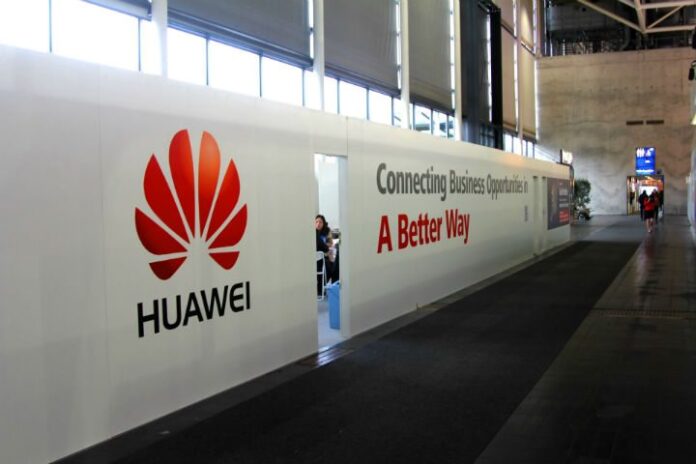Ahead of Mobile World Congress, industry convenes to look to the 5G future
BARCELONA, Spain – The data explosion driven by video-hungry consumers and the burgeoning “Internet of Things” brings into focus the need for advancements to LTE networks in the run up to “5G” as well as the need for dedicated cellular-based “Internet of Things” networks.
These themes were explored by high-level industry representatives during Huawei’s Day 0 event, held Feb. 21 in Barcelona, Spain.
Separate tracks highlighted narrow-band IoT networks, so-called “4.5G” technology, which is based on the LTE-Advanced Pro standard, and small cell deployments, all of which will assist in the development and commercialization of 5G.
Ryan Ding, Huawei’s president of products and solutions, said data demands cannot wait for 5G standardization, which is where the company’s 4.5G technology fits in.
“Today, we have our first summit because we want to work together with our industry partners to truly have a long term evolution of our ‘4G,’ but, in the meantime, we’ve recognized before 5G comes, our market and the business, we have huge change in the next five years,” Ding said.
A significant portion of new data will come from IoT as enterprises deploy cost-saving measures like smart lighting and water metering. And, with NB-IoT there is expected to be a dedicated network to support devices.
Yu Quan, chief strategy officer for Huawei’s wireless product line, explained that NB-IoT, marked by battery life of more than a decade and very low total cost of ownership, is “very important for the low-power, wide-area market.”
Small cells enable operators to add capacity on demand at pinch points, while creating the densification base needed for 5G. With 6.7 mobile broadband connections predicted by 2020, small cells will be key to supporting the network demands.
Taken as a whole 4.5G technology, NB-IoT and other solutions showcased at Day 0 are expected to help bridge the gap between LTE and 5G, while providing the incremental advancements needed to provide a network experience that will meet the demands of both consumers and businesses.

